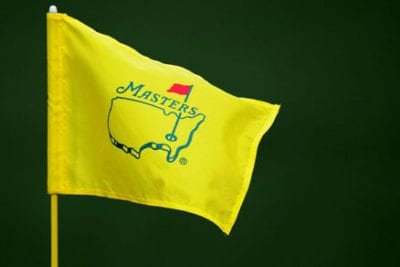One of the most simplified ideas in category management and shopper marketing today is “satisfying the shopper”. It’s even the proposed goal of the Category Management Association (The CMA, a professional association, that exists to help its members drive meaningful category and brand growth by building shopper satisfaction and facilitating strategic collaboration between retailers, suppliers and solution providers) in the USA.
It’s great to note that the shopper is our end customer in cat man and the final arbiter of our success. But, let’s stop and think for a minute. No offence, but isn’t this term a bit of a cop-out?
In the market economy, the “textbook” task of the firm is to “satisfy consumer needs at a profit”. So, logically, satisfaction is always tied to profitability (or for most of us, profit growth). Simplistically, we know if you ask shoppers how they’d be more satisfied they always say first, “reduce the price”. So that’s not very helpful in reality and not a goal we’d chase (would we?) Thus, one has to say that our goal is to optimise (balance) satisfaction and profit.
And we instinctively orient to driving added value solutions, targeting “emerging needs” as a way to improve profit performance (what we are paid to do!). And we know shoppers are driven by far more than rational or articulated needs. To be honest, we are not necessarily just about selling cornflakes as cheaply as we possibly can. Surely, if that was the case we could slash salary and marketing costs!
The adherers to the concept of “Net Promoter Score” have settled on the idea that the best measure of satisfaction is around “recommending to a friend” – so this includes the idea of being “stand out”. Not just good, but sufficiently better that you trigger a proactive response (theoretically!). Thus, satisfaction has to be seen as a relative term. And how does this apply to shopping experiences that make money that is not even particularly noticed by shoppers?
So, let me have a bash at a way to think about “satisfaction” for our purposes:
“We seek to balance a positive shopper response with profitability better than the competition so that we achieve preference in the marketplace and hence category margin growth”.
Shopper response = retained experiences and in the moment reactions.
Thinking about measurement for a moment. Relative satisfaction (NPS or equivalent) is surely the first key metric, and for the second one, we could use a combination of conversion (% winning buyers from shoppers) and/or basket size.
What do you use in your business? After all, what gets measured gets done!

